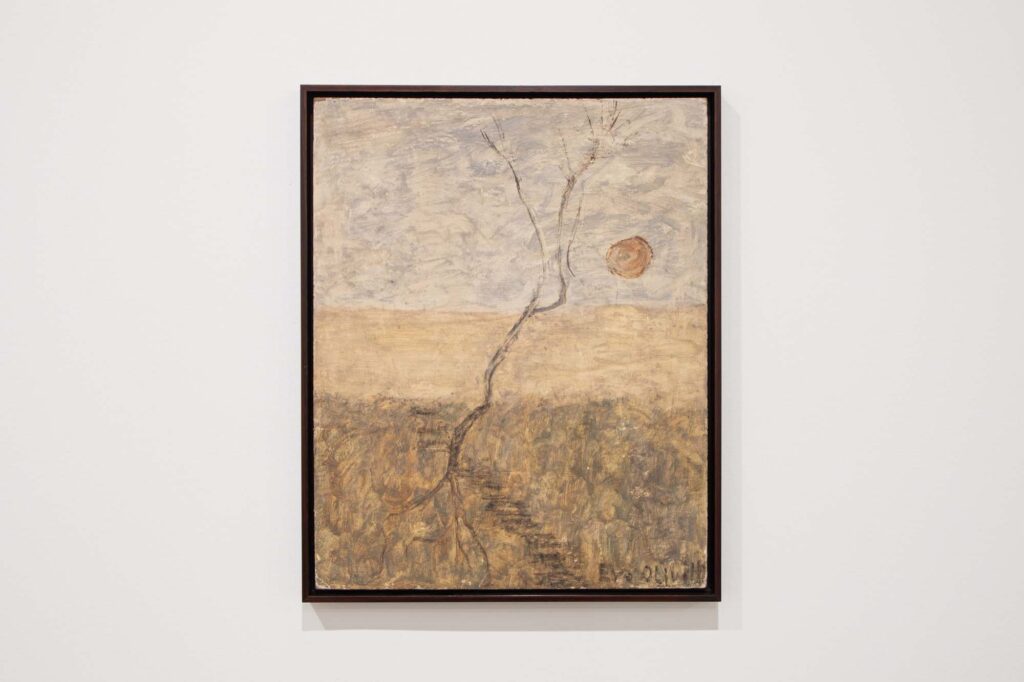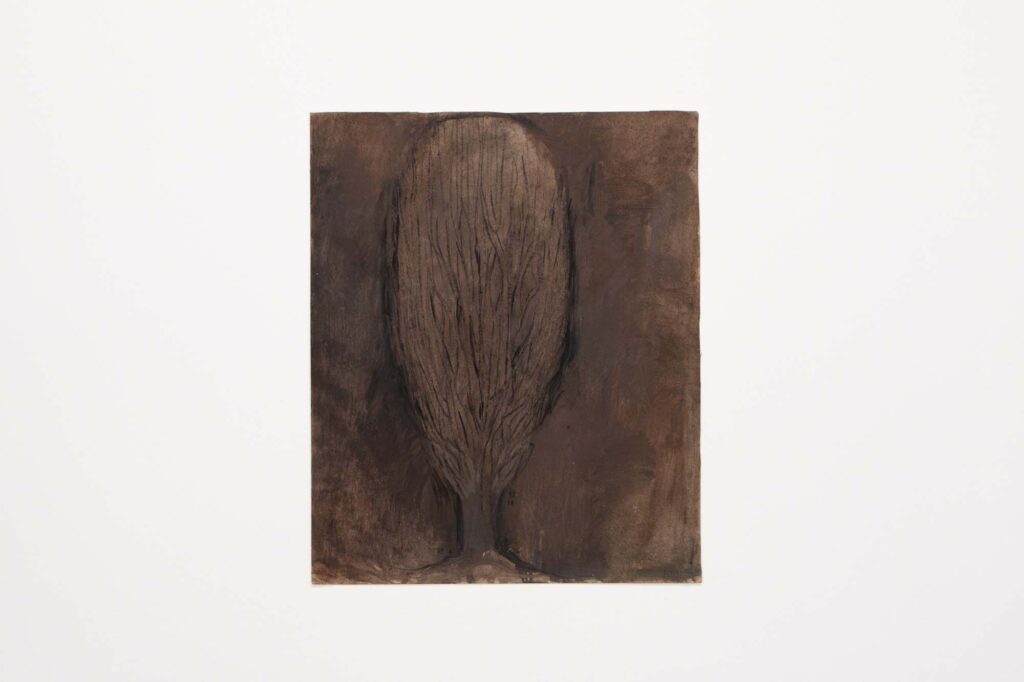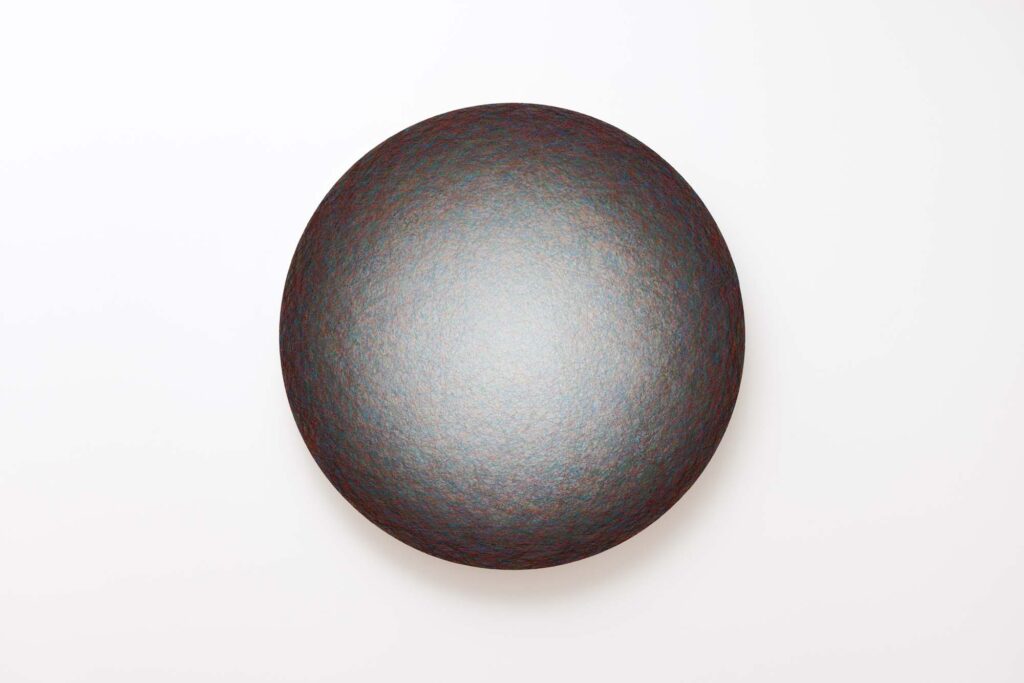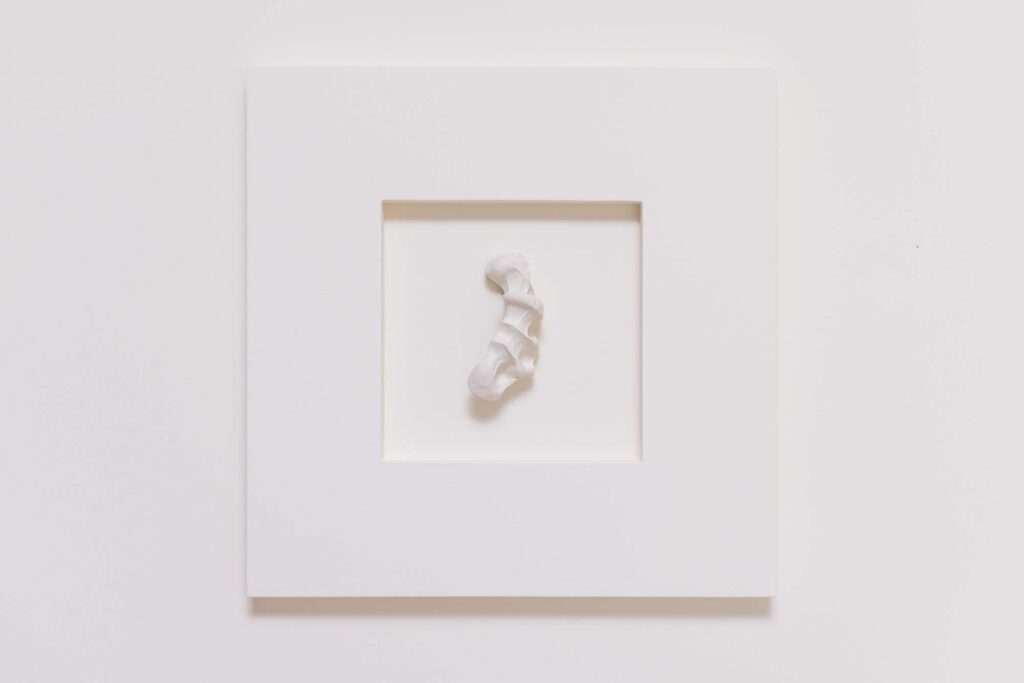
On the occasion of Eva Olivetti’s debut at Art Basel Miami Beach, Piero Atchugarry Gallery is proud to present Eva y Linda celebrating the profound artistic friendship and familial bond between two of Uruguay’s most vital yet under-recognized modern artists: Eva Olivetti and Linda Kohen. More than contemporaries, they were artistic kindreds, linked by family and shared histories of exile, and sustained by a deep commitment to daily creation. Their relationship transformed painting, often viewed as a solitary act, into a shared ritual of looking, feeling, and becoming.
Both artists were born in Europe in 1924– Eva in Berlin, Linda in Milan–into Jewish families that fled fascism in the 1930s. In 1937, Linda’s family emigrated to Uruguay; two years later, Eva’s family followed, seeking refuge from Nazi Germany. Though arriving separately, both carried the quiet weight of displacement, an experience that would later echo throughout their work in gestures of memory and stillness. After settling in Uruguay, Eva met Mario Olivetti (Linda’s brother), whom she married in 1948, cementing familial ties and a lifelong
In Uruguay, both studied under key figures of the Taller Torres-García, including Julio Alpuy and José Gurvich. Their Constructivist training provided a shared foundation, but each developed deeply personal visual languages: Eva toward atmospheric landscapes of poetic restraint, Linda toward introspective scenes of daily life and emotional depth. Painting together became a daily practice born of affinity. They wandered Montevideo with sketchbooks and brushes, painting wherever light or place compelled them. Kohen recalls, “We would settle in any place in the city that was attractive to us… paint.” Their collaboration was defined not by rivalry but care. “I felt and still feel like we were in two different worlds,” Kohen reflected. “I was in the painting, the “Sentía y siento como que estábamos en dos mundos diferentes, dos planos diferentes. Yo en la pintura, el estudio, el trabajo. Eva estaba por encima, estaba como milagrosamente integrada al universo a través de la pintura.” – Linda on Eva
Linda Kohen (b. 1924 Milan, Italy) lives and works in Montevideo. A member of the Taller Torres García since 1949, she then developed her art in a very personal, sensitive, metaphysical, and poetic way. She affirms that what has always motivated her was the mystery, the great mystery of life, and death. She has exhibited extensively, with solo shows in museums in Brazil, Argentina, Uruguay, Italy, and the USA. Her works are part of public and private collections in South and North America, and Europe. Delmira Agustini Medal (2019), Figari Prize to artistic trajectory (2021) and Ordine all Merito della Repubblica d’Italia (2023). Named Illustrious Citizen of Montevideo city (2024).
Eva Olivetti (b. 1924 – 2013, Berlin) was a German-born Uruguayan artist known for her contemplative landscapes and subtle use of light. After fleeing Nazi Germany, she settled in Montevideo, where she studied at the Taller Torres-García. Her poetic, restrained paintings reflect themes of memory, stillness, and belonging. Throughout her career, Olivetti participated in more than eighty exhibitions between 1962 and 2012, showcasing her work in Uruguay and beyond. In 2003, she received the Lifetime Achievement Award at the 38th Montevideo Municipal Hall


Piero Atchugarry Gallery is pleased to present a new body of work by American artist Emil Lukas (b. 1964, Pittsburgh, USA), in his upcoming solo exhibition In Orbit with Untraceable Balance, curated by René Morales. Lukas is best known for “paintings” that consist of rectangular or circular wall-bound objects crisscrossed with miles of Gütermann thread, each strand wrapped around nails driven into the paintings’ supports along the edges.
Lukas refers to the surface at the back of each of these objects as a “reflector,” a pseudo-mirror that causes ambient light rays to bounce back aggressively through the mesh of thread into space, where it meets the viewer’s eyes. With time and focus, where the density of the mesh thins out around the center of each composition, a sphere-like form emerges, hovering in front or behind the object like an intangible, ethereal presence. Whereas most painters are concerned with light and lighting insofar as they can be used to enhance the painting’s surface, or at least prevent distraction from what is rendered on this surface, for Lukas, light itself plays the starring role.


Emil Lukas (b. 1964, Pittsburgh, USA), is an American artist whose work redefines painting through material experimentation and optical sensitivity. Guided by process and intuition, he uses unconventional materials to explore perception and abstraction, creating works that invite both visual and contemplative engagement. Lukas has exhibited widely in the United States and abroad, with solo shows at The Aldrich Contemporary Art Museum, The Mattress Factory, and the Pennsylvania Academy of the Fine Arts. His work is held in major collections, including the Panza Collection, the Margulies Collection, Crystal Bridges Museum of American Art, and SFMOMA.
Piero Atchugarry gallery presents a contemporary art program and modern art survey. The gallery opened to the public in September 2013 with a Post-War Italian art exhibition. By January 2014 the gallery moved to a large stable adapted as an exhibition space in Garzón. In this space the program allowed outdoor and indoor proposal exploration, through the creation of dialogue between architectural features and curatorial practices.
On December 2018, the program expanded to North America with a second location, a 9000 square feet warehouse on 5520 NE 4th Avenue in the Design District neighborhood. The participation of the gallery in what is a boiling art community that connects Europe, Latin America and both coasts of the United States represents the commitment of the program to support and present the work of local and international artists with an institutional approach.

